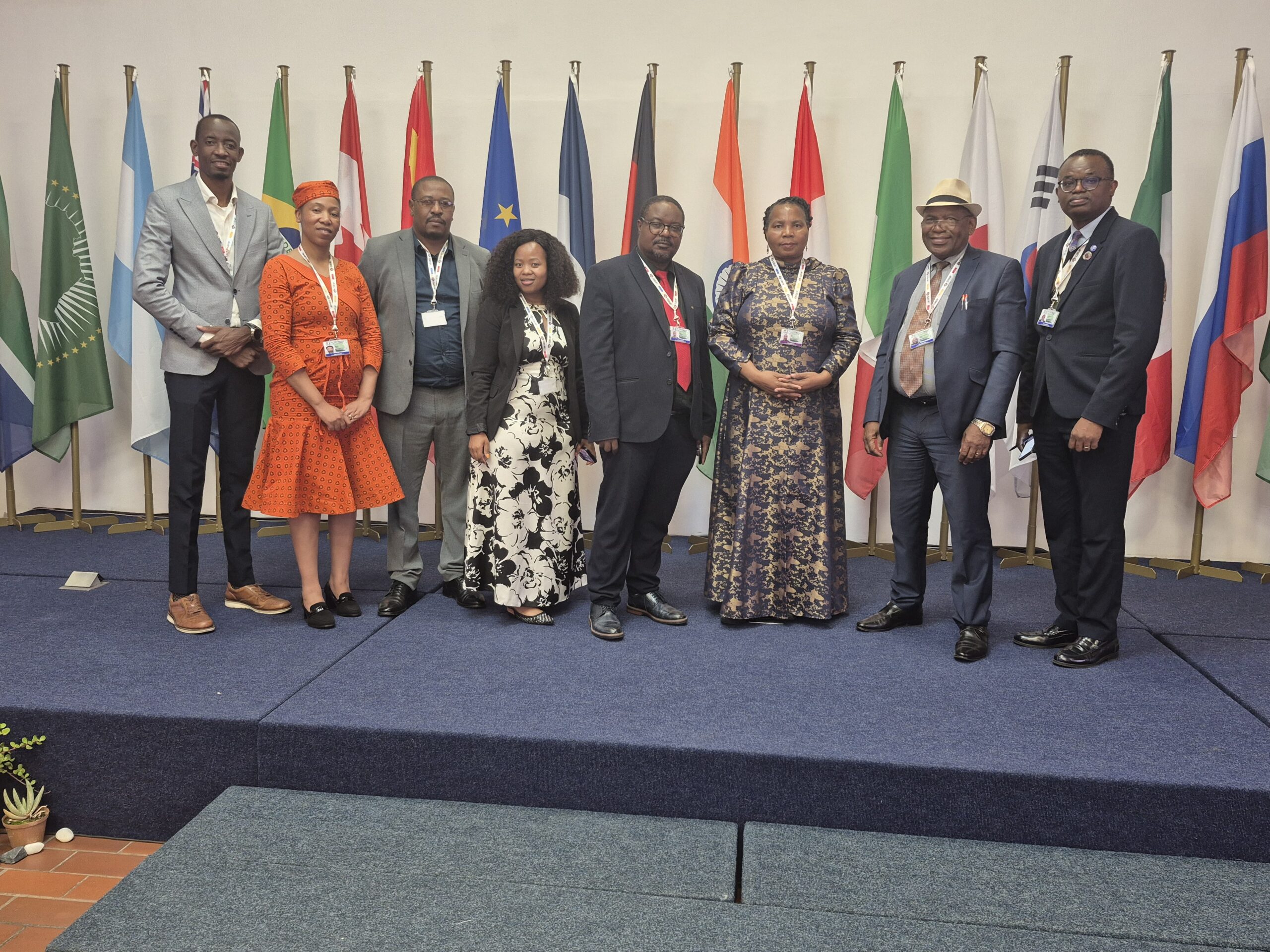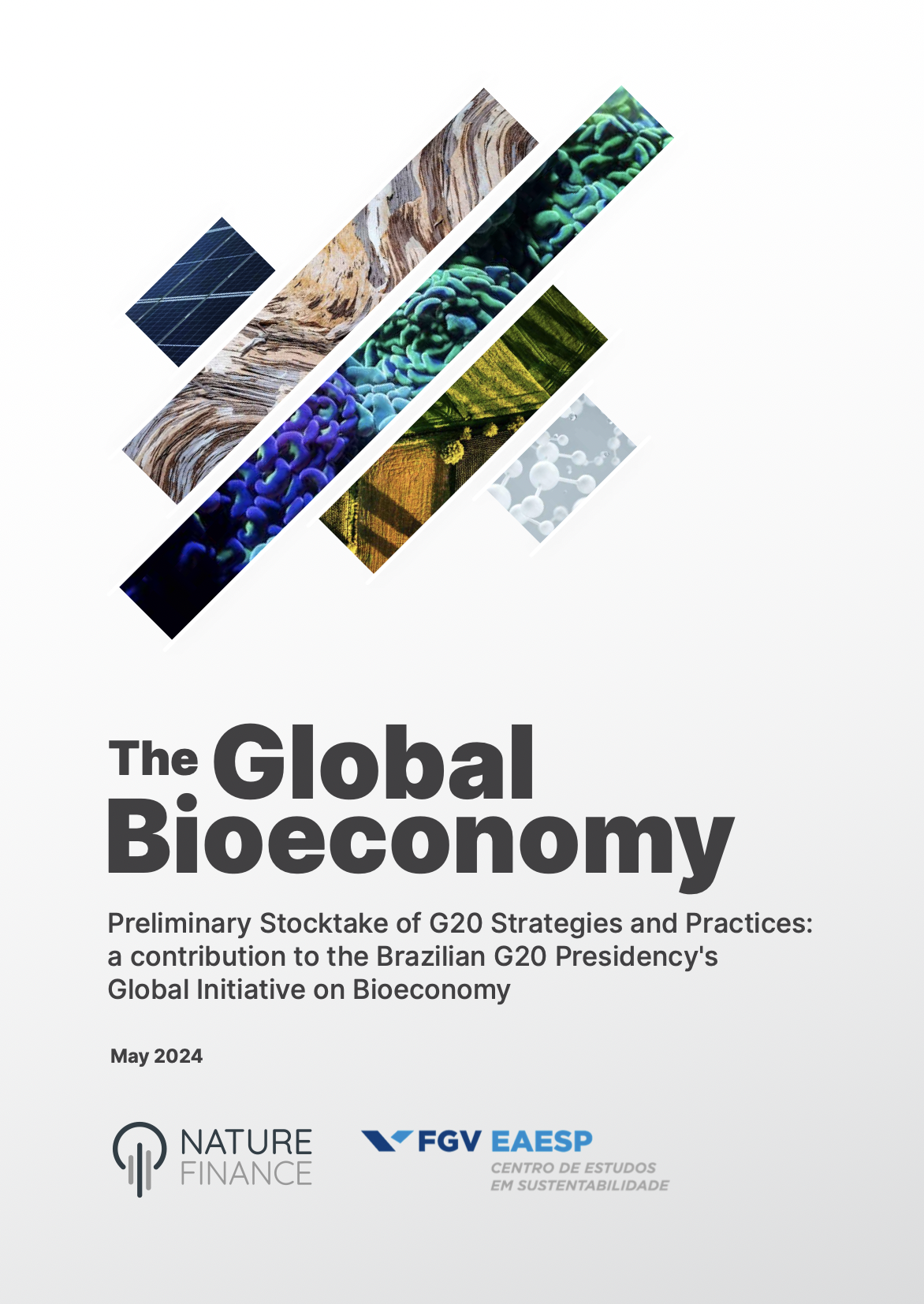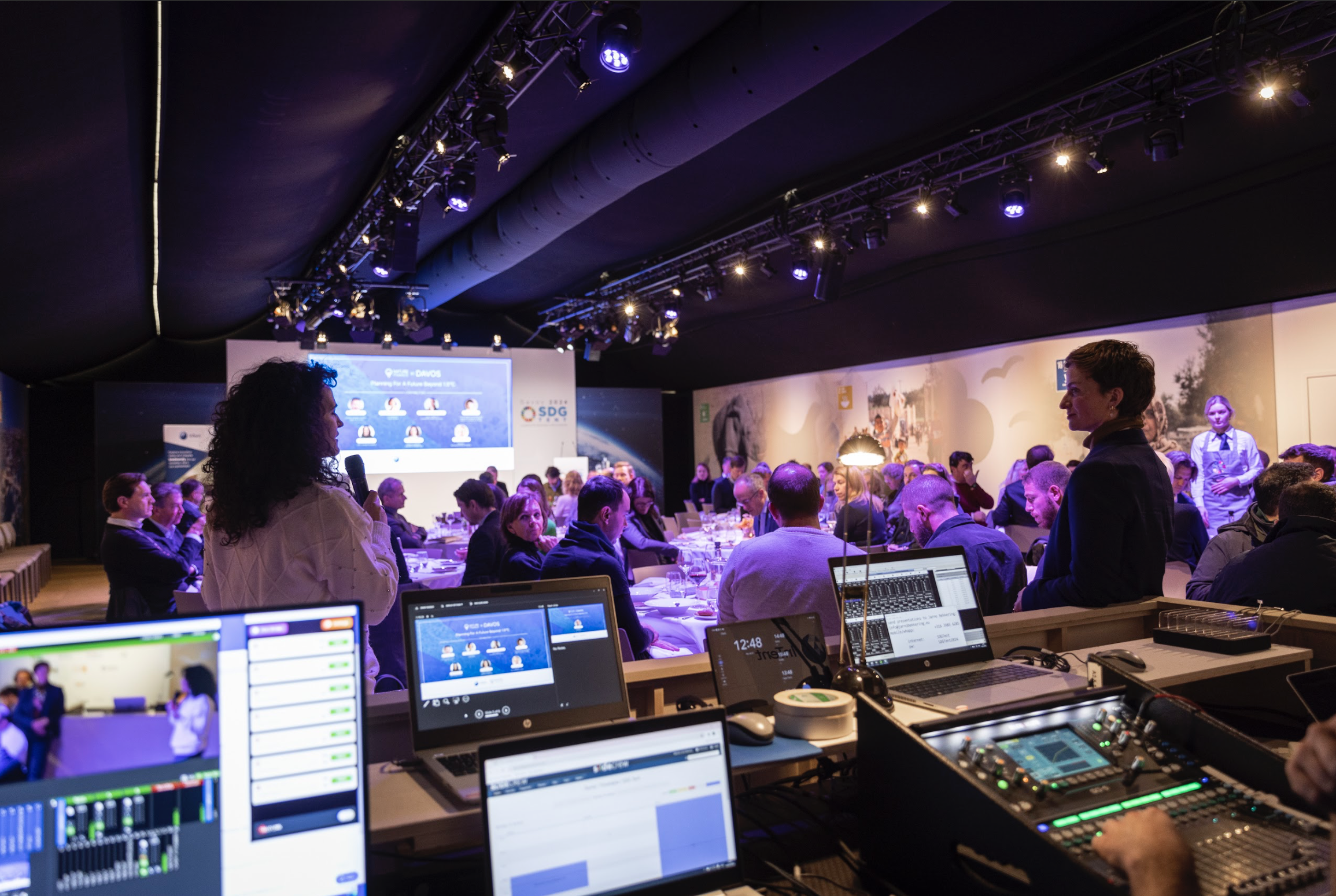The business case for investing in nature has never been stronger.
As the degradation of earth’s ecosystems poses increasing risks to economies everywhere, there’s been an explosion of interest in nature markets. New businesses, technologies and financial infrastructures are shaping the way these markets create economic value by harnessing nature in equitable, regenerative ways.
Early-stage investors are critical to making this possible. Yet, there are few resources to support them as they navigate the complex regulatory, financial, and scientific challenges that come with this new territory.
That’s why we’re launching Nature Investor Circle, a new community that brings together early-stage investors, scientists and thought leaders to support the innovation and collaboration needed to catalyse smart investments in nature-positive ventures.
The first Nature Investor Circle event focused on new approaches and tools for quantifying biodiversity and explored how these tools are being integrated into financial instruments to direct money towards biodiversity.
If you missed the event or need a refresher, we summarised the top 5 things we learned from the first Nature Investor Circle below.
1. Nature: the new asset class
Achieving the targets set by the Global Biodiversity Framework will require $700 billion a year or, by some estimates, as much as $1 trillion in additional funding by 2030.
A far cry from the $120 to $140 billion invested annually in biodiversity protection and restoration, achieving these targets will require a substantial and urgent scale in nature finance.
According to Martin Stuchtey, founder of the Landbanking Group, treating nature as an asset class, just like any other financial security, is a critical step in ramping up investment. “It has to be a controllable contract, a set of rights you can own, and certainly it has to have a positive economic value,” said Stuchtey. “That means there needs to be a market at which it can be traded.”
But what would this type of market look like? All speakers agreed that in order to be successful, nature markets must be transparent, standardised, scalable and backed by good data to ensure investments actually achieve what they set out to do.
Supporting early-stage investors will be essential. “The sector needs a lot of catalytic capital,” said Patti Chu, Head of Impact Investment at Silverstrand Capital, a Singapore-based impact investor focusing on biodiversity.
Like many other pioneers in this space, the Landbanking Group is developing the infrastructure necessary to establish this market. The company’s first product, Landler, is an end-to-end platform that connects businesses with land stewards through outcome-based contracts. The solution is a win-win. Land stewards receive payments as their natural capital increases, and businesses can book these investments as assets on their balance sheets.
2. Good data is a prerequisite
A central focus of the discussion: converting nature into a tradable asset requires robust biodiversity data.
Contracts between investors and those on the frontlines of biodiversity conservation, like those facilitated by the Landler platform, must be performance-based to have an impact. Tracking performance requires complex biodiversity metrics that measure the health of nature in any given location over time.
In the past, biodiversity metrics have tended to focus on one or a few aspects of biodiversity at the expense of others. One has to only look at the growing backlash against reforestation and beekeeping programmes to see evidence of how sidelining biological complexity can do more harm than good.
“The biggest risk,” explained Jamie Batho, the Landbanking Group’s chief of staff, “is forming nature markets in a way that’s not scientifically robust, in a way that channels money to indicators or outcomes that we didn’t intend.”
The team behind the SEED Index, a biodiversity index designed by leading ecologists from the Crowther Lab at ETH Zurich, hopes to correct the mistakes of the past. The index draws on massive ecological datasets, machine learning and satellite information to produce a single measure of biological complexity for any location on the planet.
“With SEED, we’re striving to change the way biodiversity is factored in and accounted for in economic and political systems,” said Alexa Firmenich, SEED’s co-director. “If markets are going to be formed, let’s form them around the best quality science.”
3. Technology is changing the game
Breakthroughs in artificial intelligence are rapidly changing our ability to measure biodiversity. “What’s special about this moment is we’re finally developing technologies that start to approach the complexity of nature,” said Kevin Webb, co-founder of Superorganism, one of the world’s first venture capital firms dedicated to biodiversity.
“We’ve got declining computing costs, so we’re able to start modelling what ecosystems actually look like,” said Mr Webb. “We’ve got declining genomics costs, so we’re able to sequence not just individual species but entire populations.”
Our ability to measure and monitor biodiversity keeps pace with technology. In the past, computing limitations meant simplifying our understanding of biodiversity. Now, improvements in artificial intelligence, DNA sequencing, remote sensing, and drone technologies mean tracking the changing state of nature has never been cheaper, faster or more accurate.
“We can start working with nature as it is in a much smarter, more deliberate way,” said Mr Webb. “Conservationists are incredible adopters of early technologies.”
4. Social justice at the core
While the speakers were hopeful that mainstreaming nature as an asset class would catalyse much-needed investment, they offered a strong caveat: in the pursuit of mobilising private capital, we must not forget that biodiversity is a complex public good.
“One of the risks is that we start to value nature more and more, and we end up in a world that is over-commoditized and that potentially leads to lots of social justice issues,” said Mr Batho.
Simon Zadek, executive director of NatureFinance, echoed this warning. “We only have to look at the price gradient of involuntary carbon markets, $5 in Oaxaca, $100 in Brussels, to see that these are not simply unfair, these are unsustainable markets.”
This makes governance an issue of huge importance. “Social justice has to be a core pillar of any investment into nature,” said Mr Batho. “Good governance is a massive part of ensuring that.”
5. “‘Move fast and break things’ doesn’t apply.”
A central theme of the event was the importance of collaboration and collective responsibility.
“The typical Silicon Valley attitude of ‘move fast and break things’ doesn’t really apply,” said Mr Webb. “We’re trying to take the best of the ambition that startups have, but also factor in the expertise of conservationists.”
Scientists and academics will play an essential role in nature markets, not only in guiding the implementation of conservation projects but also in verifying their impact. “Academic groups can verify whether you have a percentage uplift in biodiversity independently, so they have no financial benefit in overestimating it,” explained Tim Coles, CEO of RePlanet, a UK-based biodiversity credit developer. “This can help you avoid a situation, like in the carbon credit market, where the certifying body is rewarded by the more credits they give out.”
Emerging communities, like Nature Investor Circle, can provide an important interface for science and finance. Regular and open conversations on complex issues of social justice, equity and governance can help the community develop a collective voice moving forward.
“The biggest risk of all is doing nothing,” said Mr Batho. “And we need to start by moving from a competitive mindset to a collaborative mindset – this is not going to be a winner-takes-all space.”







